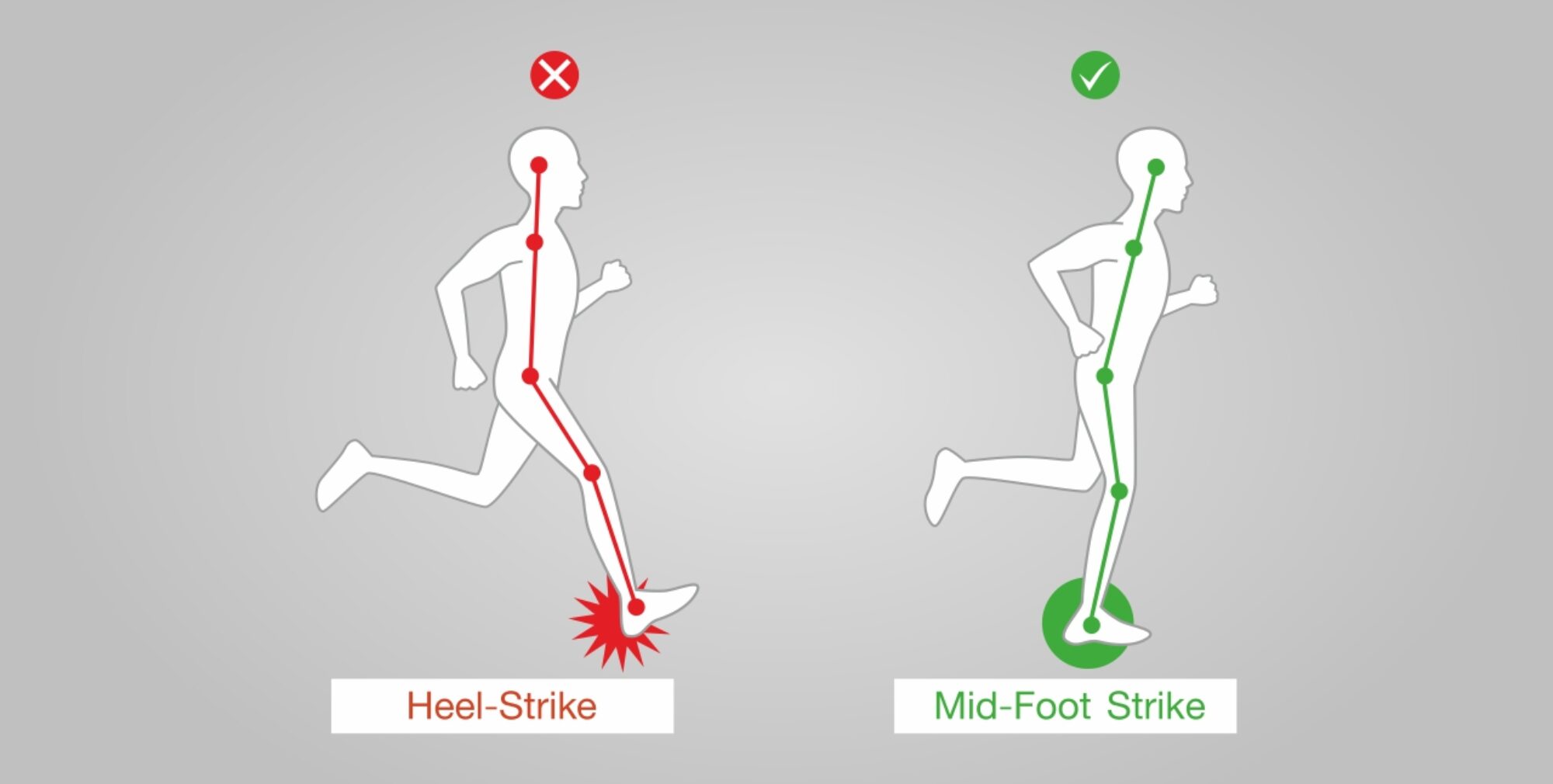Trail running: A journey through nature with endless benefits
Trail running is a form of running that takes place on unpaved surfaces, such as dirt paths, forest trails, and mountain ridges. It is a challenging and rewarding activity that offers a variety of benefits for both physical and mental health.
Physical benefits of trail running:
- Improved cardiovascular health: Trail running is a great way to get your heart rate up and improve your cardiovascular health. The uneven terrain and hills require more effort than running on a flat surface, which leads to a more intense workout.
- Increased strength and power: Trail running engages a wider range of muscle groups than road running, including the core, ankles, and feet. This can help to improve your overall strength and power.
- Reduced risk of injury: The softer surfaces of trails can be less jarring on your joints than the hard pavement of roads. This can help to reduce your risk of developing overuse injuries.
- Improved balance and coordination: Trail running requires you to navigate uneven terrain and obstacles, which can help to improve your balance and coordination.
Mental health benefits of trail running:
- Reduced stress and anxiety: Spending time in nature has been shown to reduce stress and anxiety levels. Trail running is a great way to get some fresh air and sunshine, and to connect with the natural world.
- Improved mood and mental well-being: Exercise releases endorphins, which have mood-boosting effects. Trail running can also be a great way to clear your head and escape the hustle and bustle of everyday life.
- Increased sense of accomplishment: Completing a challenging trail run can give you a great sense of accomplishment. This can help to boost your self-confidence and self-esteem.

Tips for getting started with trail running:
If you are new to trail running, it is important to start slowly and gradually increase your mileage and difficulty. Here are some tips to get you started:
- Choose a trail that is appropriate for your fitness level and experience.
- Start with shorter runs and gradually increase the distance as you get stronger.
- Be aware of your surroundings and watch out for obstacles such as roots, rocks, and holes.
- Wear appropriate footwear and clothing. Trail running shoes offer better traction and support than road running shoes.
- Bring water and snacks with you on your runs.
- Let someone know where you are going and when you expect to be back.
Trail running is a great way to improve your physical and mental health, and to connect with nature. If you are looking for a challenging and rewarding workout, give trail running a try. You may be surprised at how much you enjoy it!





